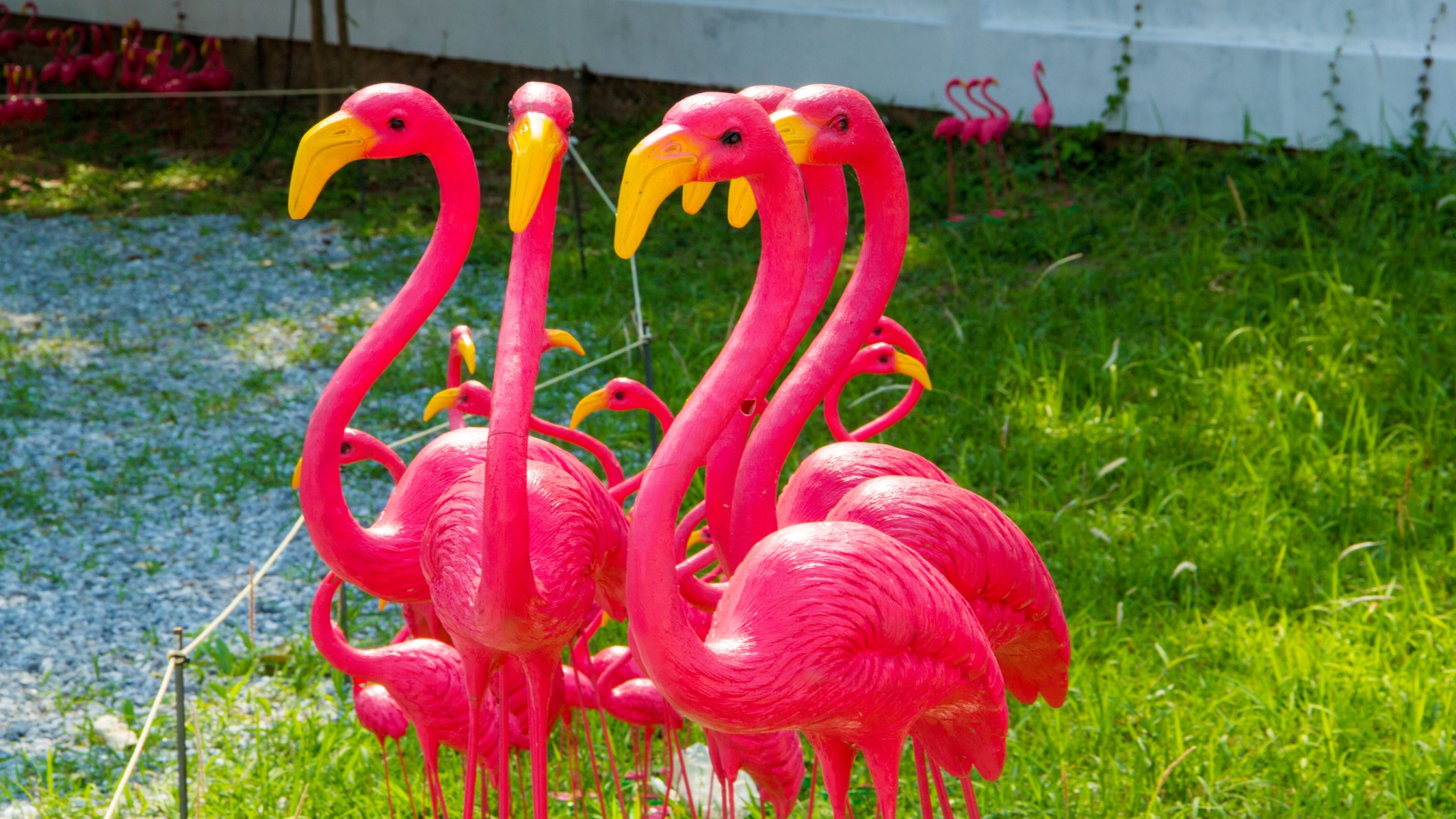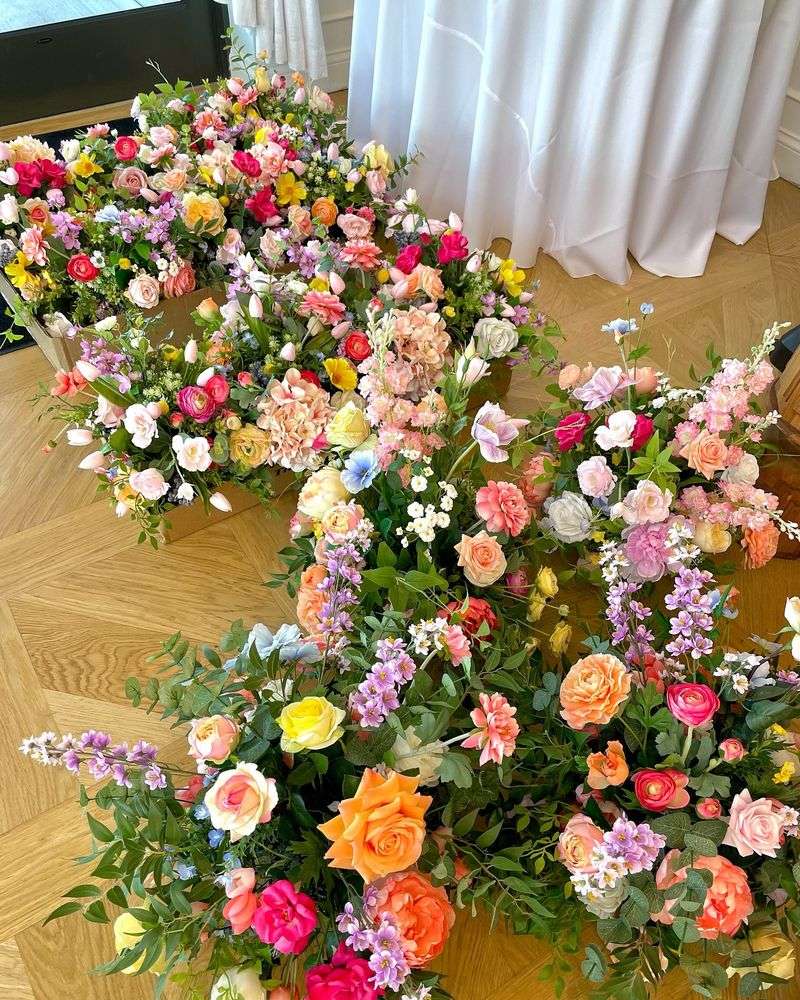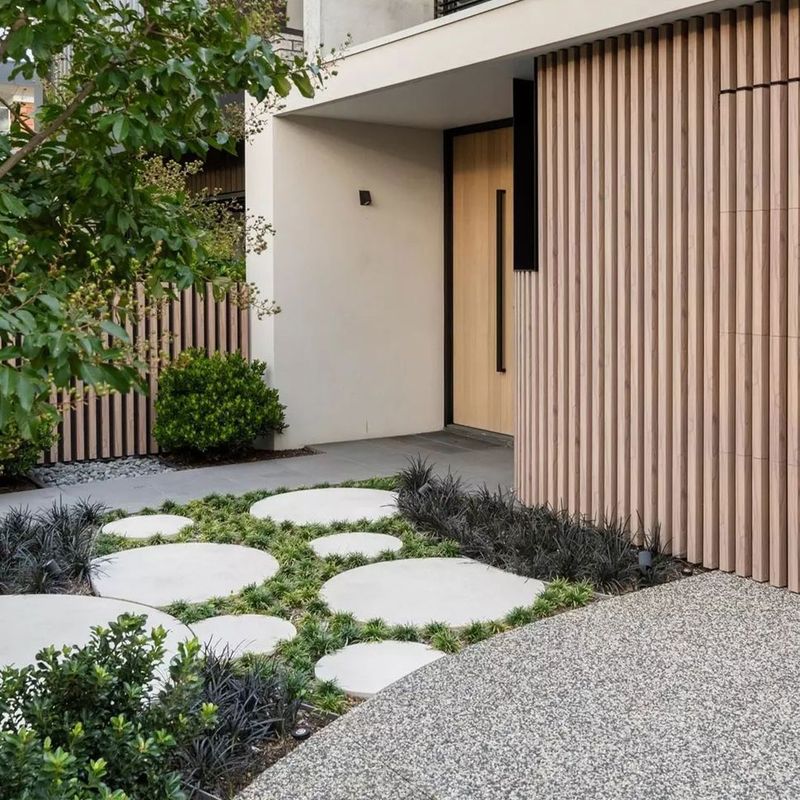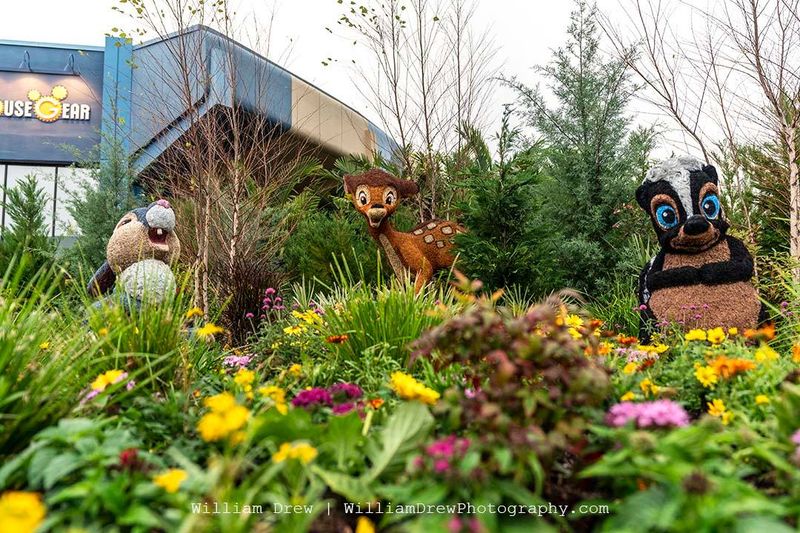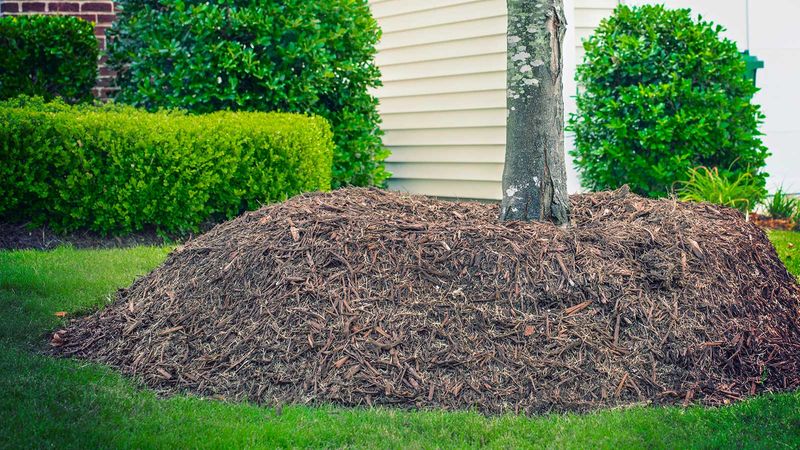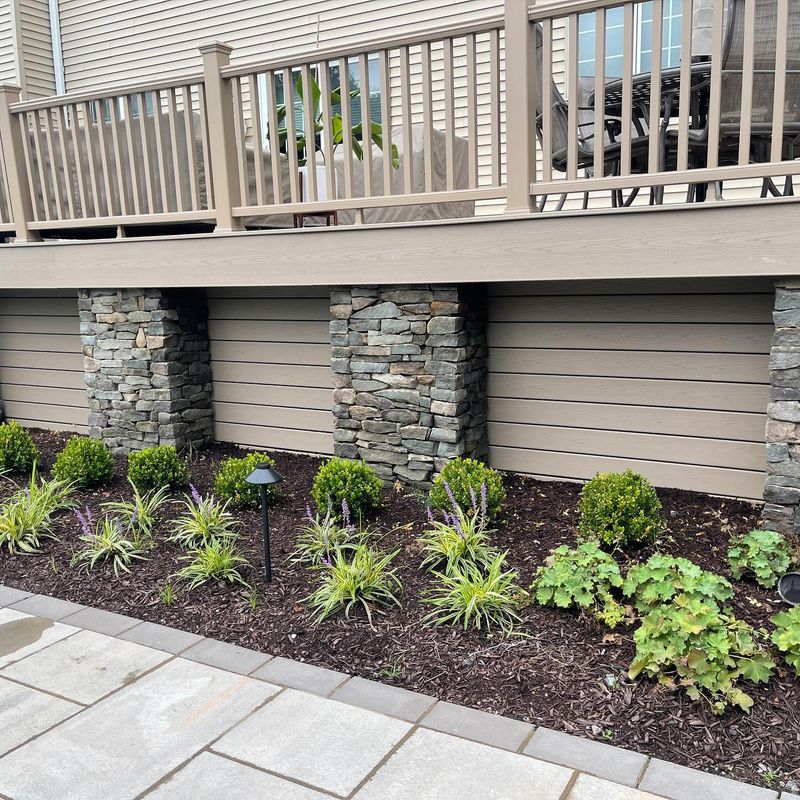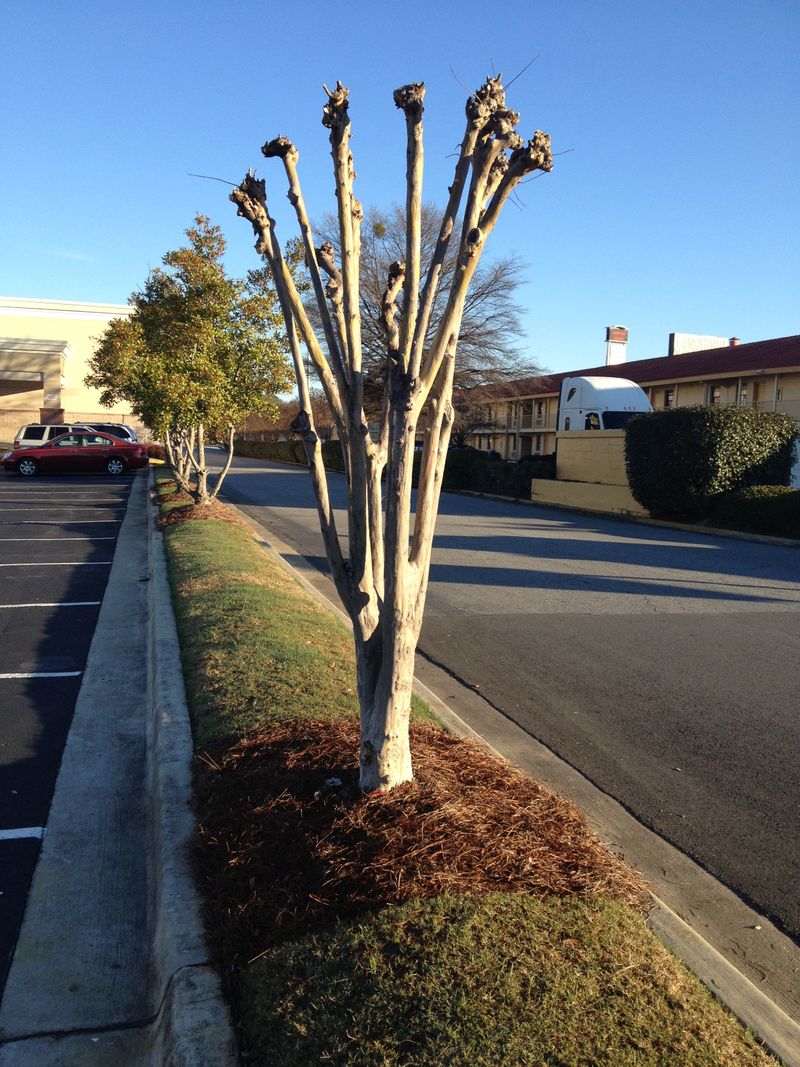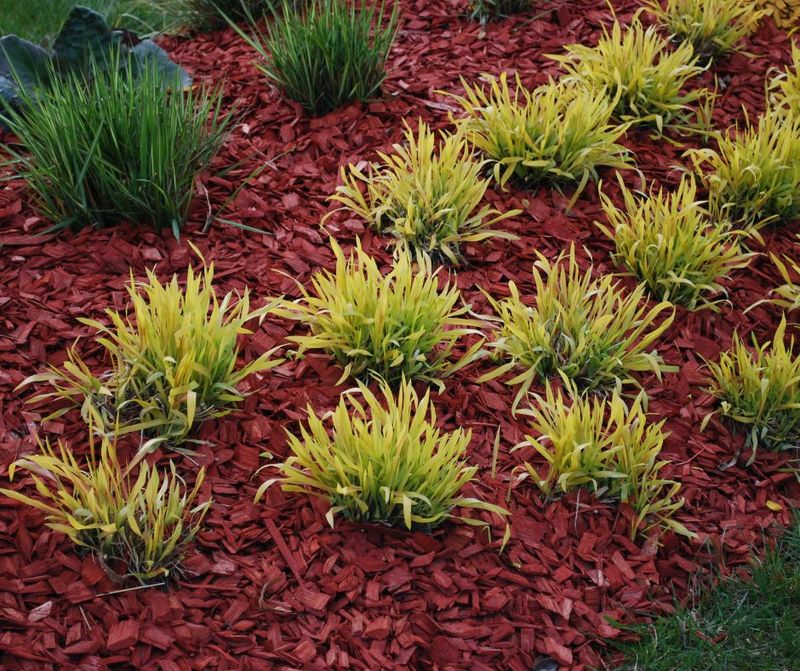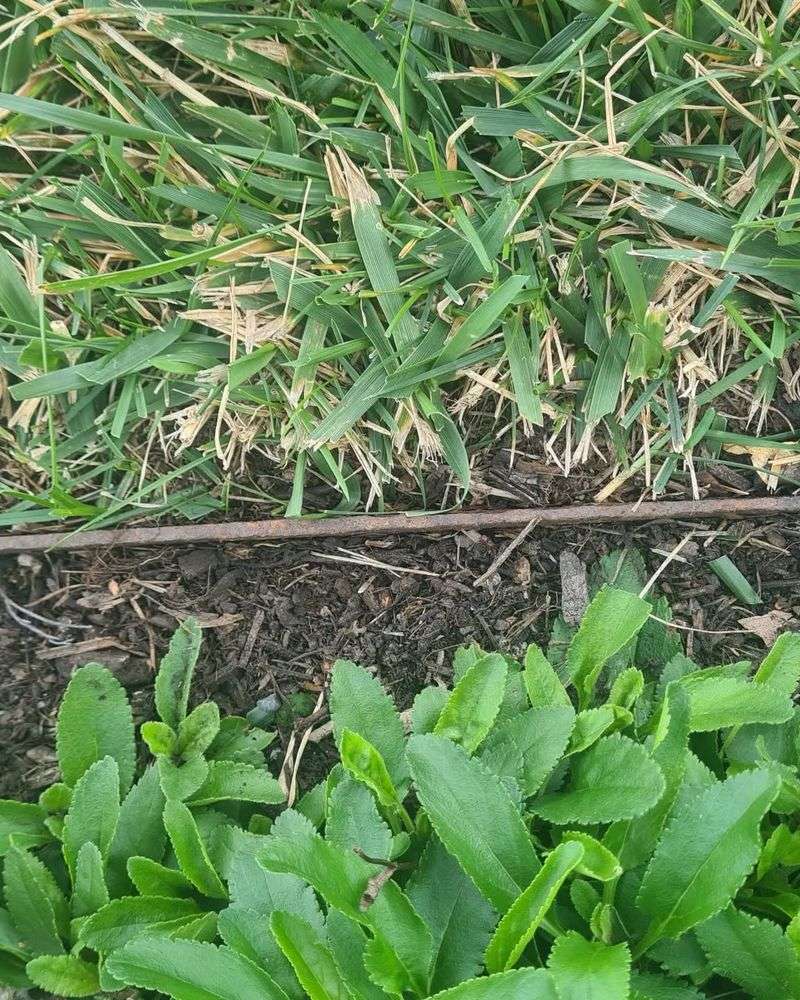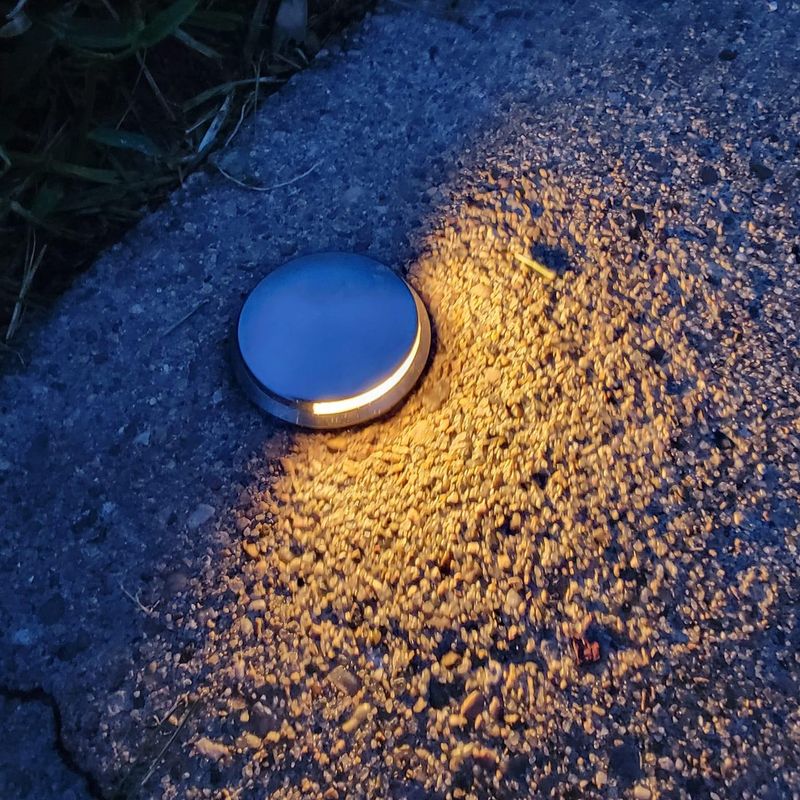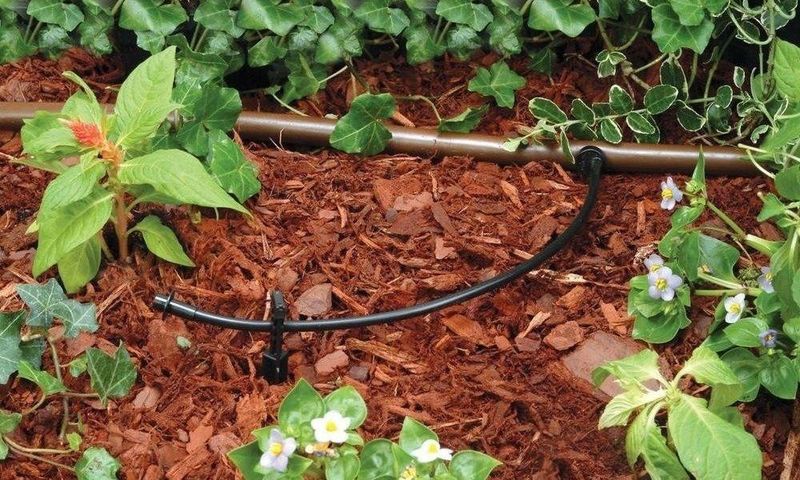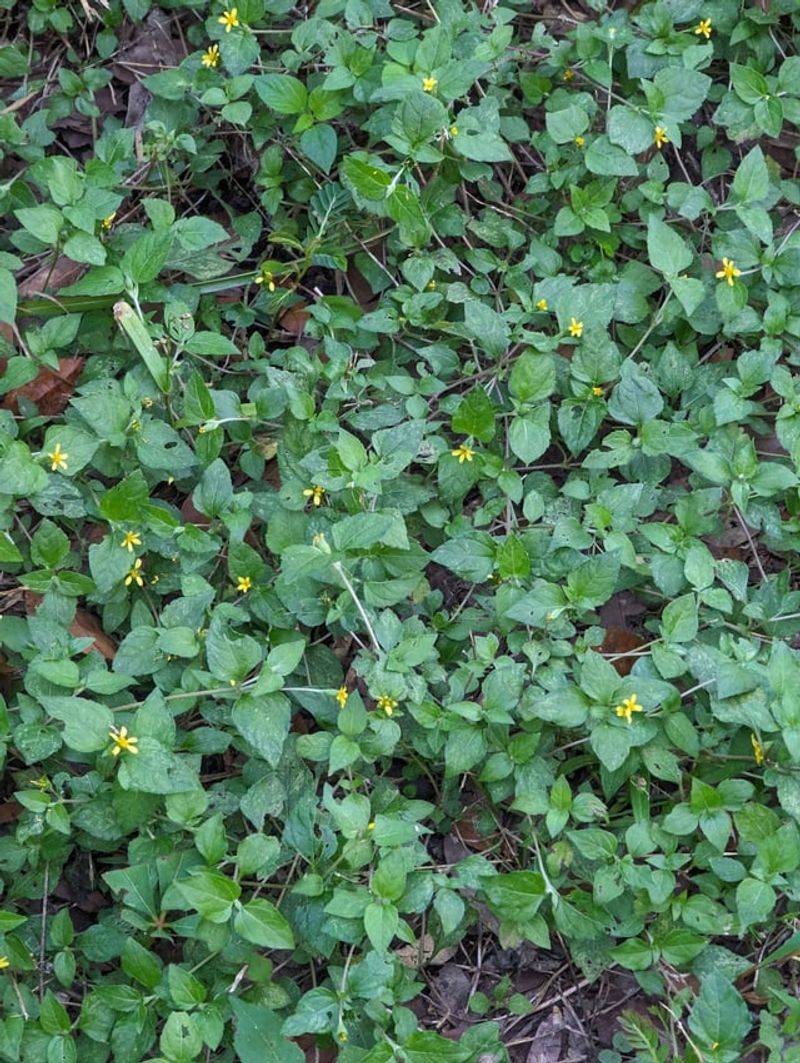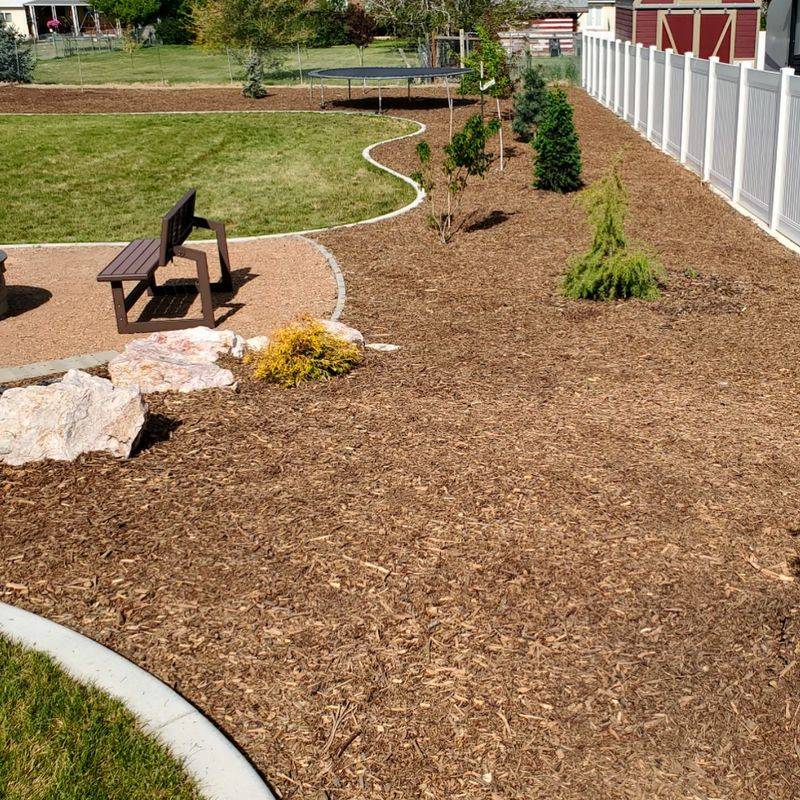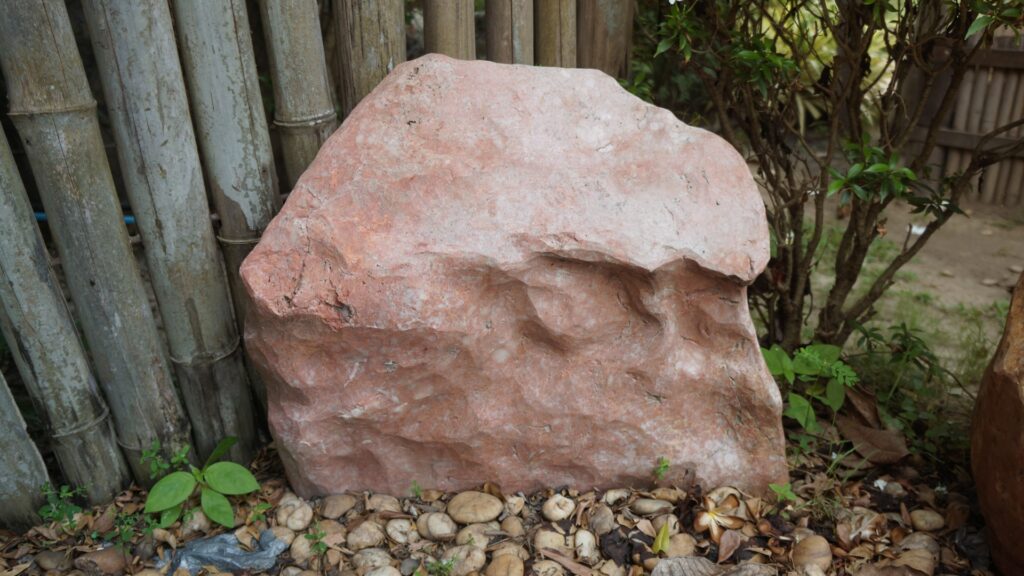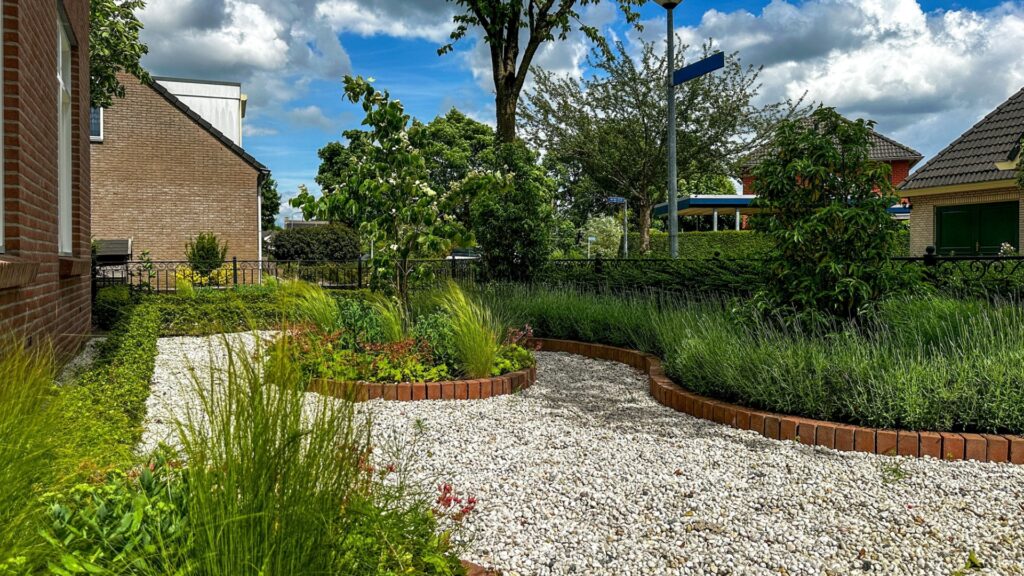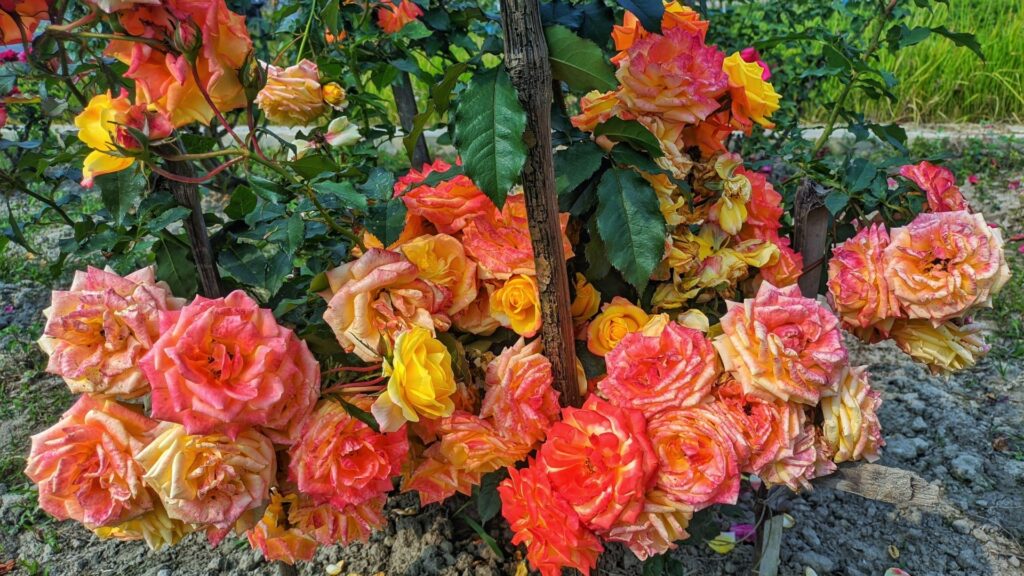Your yard does the talking before you even open the door—it’s your home’s curbside handshake.
But even with the best intentions, certain choices can sink your curb appeal faster than a garden gnome in quicksand. From clashing materials to a minefield of kitschy clutter, these missteps swap out style for an eyesore.
Let’s dig into the landscaping slip-ups that could be dragging your home through the dirt instead of letting it shine.
1. Plastic Flowers That Fool No One
Walking past a garden filled with unnaturally vibrant blooms that never fade, regardless of season or weather, immediately signals something’s off. Artificial flowers might seem like a clever low-maintenance solution, but they collect dust, fade unevenly in the sun, and often look plasticky even from a distance.
The convenience they offer simply isn’t worth the cheap impression they create. Real flowers require care, certainly, but that’s precisely what makes them special. The natural cycle of growth, bloom, and dormancy creates visual interest throughout the year.
Even during winter months when blooms are scarce, the architectural elements of dormant plants offer textural variety that plastic simply cannot replicate.
2. Mismatched Concrete Pavers
Nothing screams ‘piecemeal project’ quite like walkways or patios made from assorted concrete pavers that don’t match in size, color, or style. This haphazard approach often happens when homeowners buy whatever’s on clearance or reuse leftover materials from different projects.
The resulting patchwork creates a disjointed, unplanned appearance that suggests corners were cut. Professional landscaping maintains visual cohesion through consistent materials.
Even intentionally mixed materials follow a deliberate pattern or color scheme that creates harmony rather than discord. When pavers don’t match, it creates visual noise that distracts from your home’s architecture and other landscaping features that might actually be quite lovely.
3. Random Lawn Ornaments Without Theme
Gardens sporting an eclectic collection of gnomes, flamingos, windmills, and various creatures create visual chaos rather than charm. While each piece might hold sentimental value or seemed cute in the store, without a unifying theme or purpose, they transform your landscape into something resembling a yard sale display.
The scattered approach suggests impulsive decorating without any overall vision. Clutter is the enemy of sophisticated design in any context, but outdoors it’s particularly problematic. The natural landscape already offers organic complexity through plants, flowers, and hardscaping elements.
Adding numerous unrelated decorative items creates competition for visual attention, making the entire yard feel busy and unfocused.
4. Neglected Dead or Dying Plants
Brown, withered plants with yellowing leaves clinging to life in prominent spots around your property broadcast neglect louder than any other landscaping mistake. Nothing says ‘I don’t care about my property’ quite like dead plants that haven’t been removed or replaced.
Even expensive, well-designed landscapes quickly look abandoned when maintenance falls by the wayside. Struggling plants create a psychological impression that extends beyond mere aesthetics.
Dead patches in lawns, empty spots in garden beds, and containers with nothing but dried stems suggest a lack of attention to detail that can make even high-end homes seem shabby and uncared for. Regular garden editing is essential for maintaining a polished appearance.
5. Excessive Mulch Volcanoes Around Trees
Drive through any neighborhood and you’ll spot them: those mounded piles of mulch heaped high against tree trunks like miniature volcanoes. While many homeowners and even some landscapers create these mulch mountains thinking they’re beneficial, they actually scream ‘amateur landscaping’ to those in the know.
Beyond looking unnatural, these mulch volcanoes can actually damage or kill your trees over time. Proper mulching should create a shallow, saucer-shaped area around trees, never touching the trunk itself.
When mulch is piled against bark, it creates the perfect environment for pests, diseases, and trunk rot by trapping moisture against the tree. The tree’s root flare—that slightly widened area where the trunk meets the ground—should always remain visible.
6. Straight-Line Planting Against House Foundations
Marching a single row of identical shrubs along your foundation might seem neat and orderly, but this military-precision approach to landscaping screams ‘builder basic.’
These regimented plantings, often using inexpensive evergreens spaced at exact intervals, create a rigid, uninspired look that lacks the depth and interest of thoughtful landscape design. The effect resembles the landscaping equivalent of tract housing—predictable, unimaginative, and unmemorable. Professional landscapers understand that nature rarely grows in perfect straight lines.
Instead, they create layered plantings with varying heights, textures, and blooming seasons. This approach, called foundation planting, uses a mix of shrubs, perennials, and perhaps small ornamental trees arranged in curved beds that complement the architecture while softening the transition between building and landscape.
7. Visible Landscape Fabric and Plastic Edging
Few things communicate ‘corner-cutting’ quite like black landscape fabric peeking out from under mulch or that corrugated plastic edging popping up along garden beds. These materials might serve functional purposes, but when they become visible, they immediately broadcast a lack of attention to detail.
The artificial lines and textures created by exposed landscape materials clash with the natural elements they’re meant to support. Quality landscaping conceals its infrastructure.
Professional installations ensure that weed barriers remain completely covered, and they opt for more natural-looking edging solutions that define spaces without drawing attention to themselves.
Steel, stone, or brick edging properly installed at ground level creates clean divisions between lawn and garden beds without the cheap plastic look.
8. Over-Reliance on Annual Flowers
Seasonal shopping sprees at garden centers for flats of bright annuals might seem like a quick path to curb appeal, but this approach often backfires.
Gardens composed primarily of short-lived annual flowers require constant replacement, creating a perpetual cycle of planting, dying, and bare spots that never develops the mature, established look of thoughtful landscaping.
The temporary nature of these plants becomes painfully obvious as seasons change. Sophisticated landscapes balance immediate gratification with long-term structure.
9. Chainsaw-Pruned Shrubs and Trees
Brutal pruning practices transform potentially elegant plants into awkward, unnatural shapes that immediately signal amateur maintenance. Flat-topped shrubs, perfectly round bushes that resemble green meatballs, and trees hacked into submission bear the unmistakable marks of hasty, unskilled pruning.
These oddly geometric forms clash violently with the natural grace plants develop when properly maintained. Proper pruning respects a plant’s natural growth habit while gently guiding its form.
It involves selective cutting that maintains the plant’s inherent architecture rather than imposing arbitrary shapes.
10. Excessive Use of Colored Mulch
Fire-engine red, jet black, or bright blue—artificially dyed mulches create an immediate visual disconnect in the landscape. While natural wood mulch enhances plants by providing a neutral background that highlights their colors and textures, dyed varieties compete for attention and often clash with the organic elements they surround.
The unnatural hues scream ‘artificial’ in an environment that should celebrate natural beauty. Beyond the aesthetic concerns, dyed mulches often use lower-quality wood materials treated with colorants that can fade unevenly, leaving a patchy, weathered appearance within months.
The stark colors tend to draw attention to the ground plane rather than allowing the eye to appreciate the plants themselves.
11. Inconsistent or Missing Lawn Edges
Ragged transitions where grass meets garden beds, driveways, or walkways create a messy, unfinished impression that undermines even the most expensive plantings.
These fuzzy boundaries where grass creeps into beds or soil spills onto hardscaping reveal a lack of attention to detail that’s immediately noticeable to visitors. Like frayed cuffs on an otherwise nice outfit, poor edging diminishes the entire landscape’s appearance.
Crisp, clean edges serve as the equivalent of tailoring in landscape design—they define spaces, create visual order, and demonstrate care. Professional landscapes maintain these crucial transition zones with regular edging that creates clear delineation between different materials and areas.
12. Scattered Solar Lights Without Purpose
Lining walkways with dozens of cheap plastic solar lights creates the landscape equivalent of an airport runway rather than sophisticated outdoor illumination.
These mass-produced fixtures, often purchased in multi-packs at big box stores, tend to provide inconsistent lighting as they age at different rates. Some glow brightly while others flicker or fail entirely, creating a haphazard effect that draws attention to the fixtures rather than what they’re meant to illuminate.
Thoughtful landscape lighting focuses on effect rather than fixtures. Professional designs use fewer, higher-quality lights strategically placed to highlight architectural features, illuminate pathways for safety, or showcase specimen plants. T
13. Visible Irrigation Systems and Hoses
Garden hoses snaking across lawns, exposed irrigation pipes, and sprinkler heads protruding at odd angles create visual clutter that screams ‘unfinished project.’
While these watering systems serve essential functions, their visible presence disrupts the natural flow of your landscape and creates hazards for both maintenance and enjoyment. Like electrical cords inside your home, these utilitarian elements should remain largely unseen.
Professional landscaping incorporates irrigation infrastructure during the design phase rather than adding it as an afterthought. Sprinkler heads are installed flush with the ground, popping up only during operation and disappearing when inactive.
14. DIY Concrete Ornaments and Painted Rocks
Homemade concrete stepping stones with hand-pressed trinkets, painted rocks with inspirational sayings, and DIY cement creatures often create an unintentionally juvenile impression in the landscape.
While these projects can be heartfelt and meaningful to their creators, they frequently lack the refinement and durability of professional garden art. Weather exposure typically accelerates their deterioration, leading to chipped paint, cracked surfaces, and faded colors that amplify their homemade appearance.
Garden art plays an important role in personalized outdoor spaces, but its impact depends largely on quality, scale, and placement.
15. Uncontained Spreading Groundcovers
Ambitious groundcover plantings that seemed like a smart, low-maintenance solution often transform into landscape nightmares when left unchecked.
English ivy climbing trees, vinca vines escaping into lawns, and pachysandra conquering garden beds signal a landscape that’s running wild rather than being thoughtfully maintained. These aggressive spreaders create a disheveled appearance that suggests neglect rather than intentional design.
Groundcovers serve valuable functions in the landscape—preventing erosion, suppressing weeds, and providing evergreen structure—but they require clear boundaries to maintain their positive contribution.
16. Undersized Plants Lost in Vast Mulch Beds
Tiny shrubs and perennials floating in seas of mulch create the unmistakable look of a newly installed, budget-constrained landscape.
When plants are spaced according to their mature size but purchased at the smallest available container size, the resulting landscape appears incomplete and temporary.
These sparse plantings draw attention to the empty space rather than creating the lush, established look most homeowners desire.
17. Oversized Decorative Rocks That Dominate the Space
A single massive boulder or an awkward collection of oversized decorative rocks plopped in the middle of a lawn can quickly overwhelm your landscape and create an unbalanced focal point. While natural stone elements can add structure and visual interest, scale and placement are everything.
When these features are too large for the space—or worse, look like they were randomly dropped without integration into the overall design—they come across as clunky and out of place. Instead of enhancing the landscape, they draw attention for all the wrong reasons.
Professionally designed landscapes use rocks intentionally—nestled among plantings, partially buried to mimic natural outcroppings, and proportioned to match the surrounding elements. When rock features are thoughtfully integrated, they ground the design and lend a timeless quality; when misused, they shout “afterthought.”
18. Decorative Gravel Used Like a Blanket
Gravel can be an elegant addition to a landscape when used thoughtfully—creating defined pathways, accenting garden beds, or surrounding focal features like fountains. But when it’s dumped in large expanses as a catch-all ground cover, it quickly creates a barren, neglected look that cheapens your yard’s appearance.
This overuse often stems from a desire to reduce maintenance, but the result is a lifeless expanse that lacks the warmth and texture plants naturally provide. Without balance from greenery, gravel-heavy areas reflect heat, gather debris, and evoke commercial parking lots more than curated gardens.
Effective design uses gravel sparingly, as a contrast to lush plantings or hardscape features. When used with intention and scale, gravel can enhance a space—when overapplied, it becomes an aesthetic dead zone that reads as low-effort and uninspired.
19. Over-The-Top Seasonal Displays
A few tasteful seasonal touches can add charm and show personality—but when every holiday becomes an excuse to cover your yard in inflatable pumpkins, reindeer armies, or flashing LED hearts, the effect leans more chaotic than curated. These displays, especially when left up well past the season, quickly veer into tacky territory.
Even high-end homes lose their polish when overwhelmed by plastic props and noisy decorations. The key to effective seasonal décor is restraint. Choose a color palette or theme and stick to a few well-placed pieces that complement your home’s architecture and landscaping.
Less is truly more when it comes to seasonal styling. A single elegant wreath or subtle garden accent makes a much stronger impression than a front lawn bursting with characters straight out of a novelty catalog.

